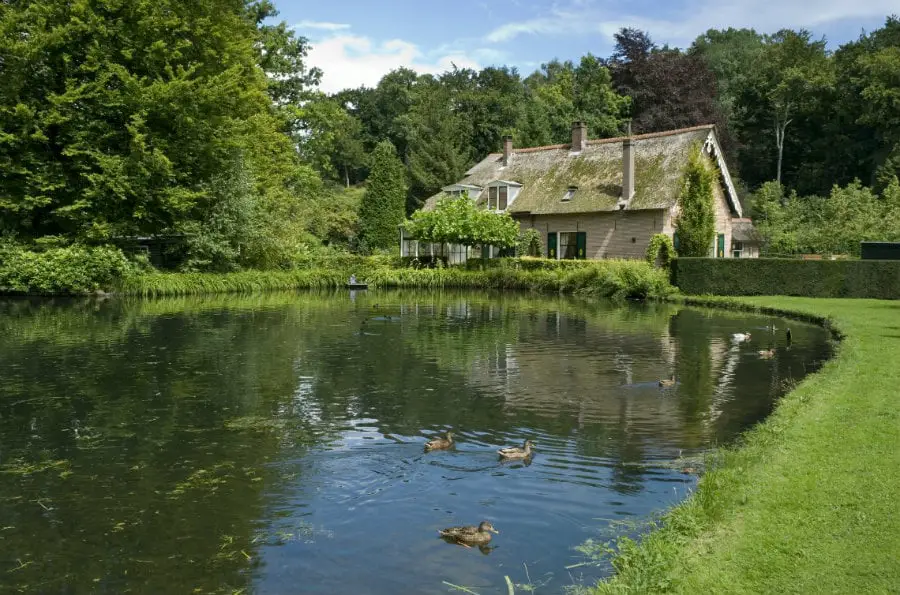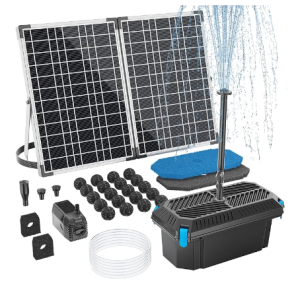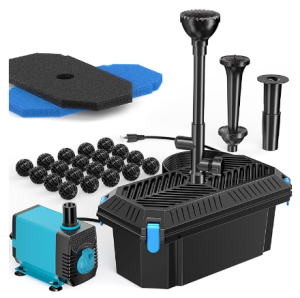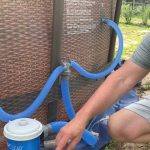Welcome to our comprehensive guide on how to make a man-made pond. Whether you’re looking to enhance the beauty of your backyard, create a habitat for wildlife, or simply enjoy the serenity of a water feature, building a man-made pond can be a rewarding and fulfilling project. In this guide, we will walk you through the step-by-step process of creating your very own man-made pond.
Step 1: Planning and Design
All In One Pond Setup Kits (DIY)
The first step in creating a man-made pond is to plan and design the layout of your pond. Consider the size and shape of the pond, the location in your yard, and any additional features you may want to incorporate such as waterfalls or fountains. Take into account factors such as sunlight exposure, proximity to trees, and access to electricity for pumps and filters.
Step 2: Marking and Excavation
Once you have finalized the design of your pond, it’s time to mark the outline of the pond on the ground. Use spray paint or a garden hose to mark the shape of the pond. Then, begin excavation by digging out the area within the marked outline. The depth of the pond will depend on the size and purpose of the pond, but a general rule of thumb is to have a depth of at least 18-24 inches.
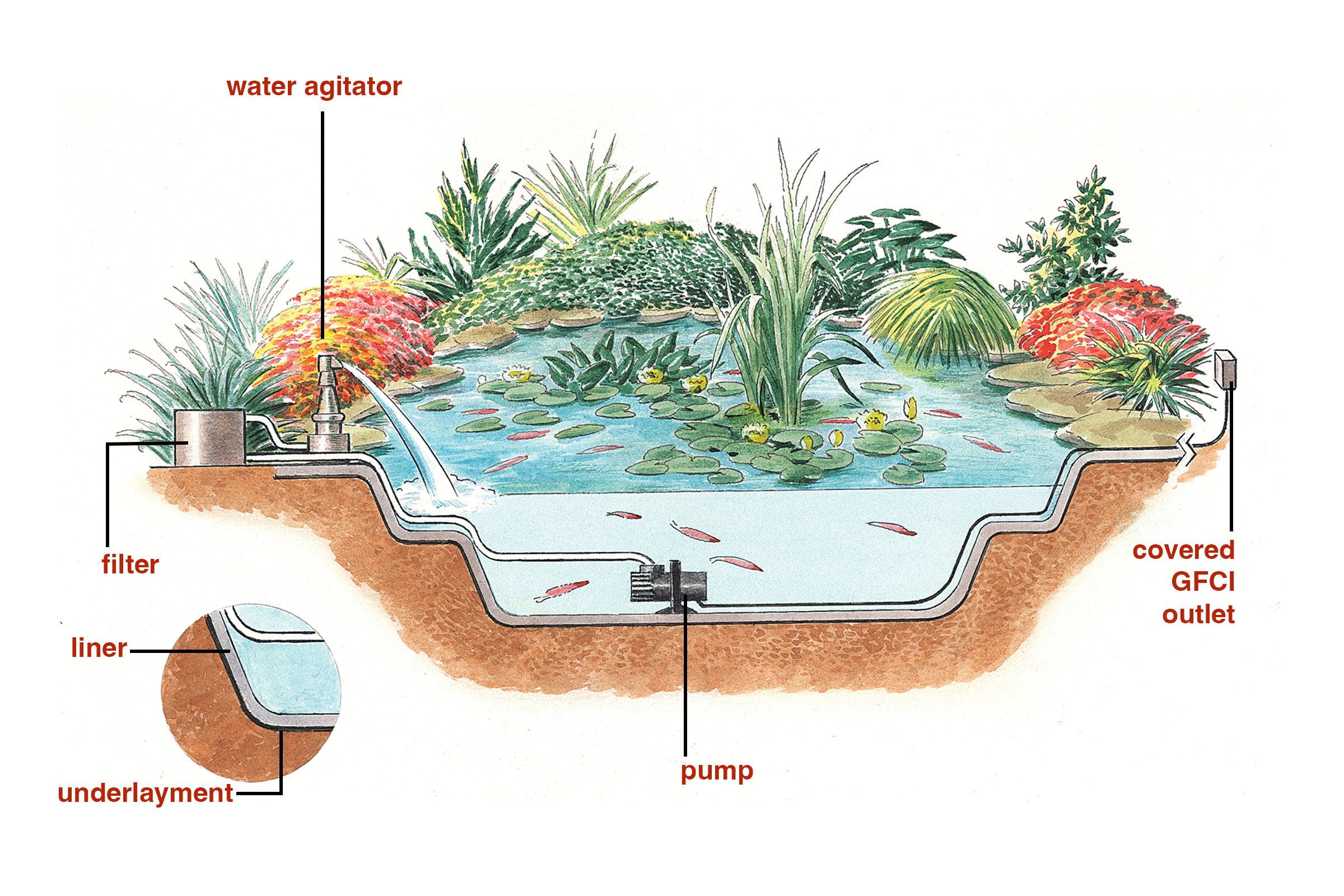
Credit: www.thisoldhouse.com
Step 3: Lining the Pond
After excavation is complete, it’s time to line the pond to prevent water seepage. You can use pond liner, which is a flexible material that is durable and resistant to punctures. Ensure that the liner is placed smoothly at the bottom and sides of the pond, leaving some excess material around the edges to secure it in place.
Step 4: Adding Water and Features
Affordable Pond Setup Kits
Once the pond is lined, it’s time to fill it with water. Use a garden hose to slowly fill the pond, taking care not to disturb the liner. As the pond fills, you can start adding any additional features such as rocks, plants, or fish. Consider adding aquatic plants to provide oxygen and natural filtration for the pond.
Step 5: Installing Filtration and Pumps
To maintain the water quality of your pond, it’s important to install filtration and pumps. A filtration system will help to remove debris and maintain water clarity, while a pump will help to circulate the water and prevent stagnation. Choose a filtration system and pump that are suitable for the size of your pond.
Step 6: Adding Fish and Wildlife
If you plan to add fish to your pond, make sure to acclimate them properly before introducing them to the pond. Choose fish species that are suitable for the size and depth of your pond, and provide them with a balanced diet and proper care. Additionally, consider adding plants and other wildlife to create a balanced ecosystem in your pond.
Step 7: Maintenance and Care
Once your man-made pond is up and running, it’s important to maintain and care for it regularly. Monitor water quality, clean filters and pumps, and remove any debris or algae that may accumulate in the pond. Regular maintenance will help to keep your pond healthy and thriving for years to come.
Benefits of a Man-Made Pond
There are numerous benefits to having a man-made pond in your backyard. Not only does it enhance the aesthetics of your outdoor space, but it also provides a habitat for wildlife such as birds, frogs, and insects. A pond can also help to create a peaceful and calming atmosphere, perfect for relaxation and unwinding after a long day.
Conclusion
Creating a man-made pond can be a fun and rewarding project that adds beauty and tranquility to your outdoor space. By following the steps outlined in this guide and taking proper care of your pond, you can enjoy the sights and sounds of a thriving aquatic ecosystem right in your own backyard. So, roll up your sleeves, grab your shovel, and start building your very own man-made pond today!



